Physics
Fox
Summary
- In the right circumstances, the chemical bonds between molecules can be broken, and new bonds formed. (This is known as a chemical reaction.)

- When bond-breaking or bond-forming creates something new, it is known as a chemical change.
- A physical change is where matter changes its form, but not the molecules its made from.

- Changing state (e.g. freezing, boiling) is a common example of a physical change.

- The number (and type) of atoms stays the same for both chemical and physical changes.

- Therefore, the total mass also stays the same for both chemical and physical changes (this is known as the law of conservation of mass).
Quiz
Congratulations!
7 of 7 questions completed
+ ⭐️ collected.
Sign up (for free!) to:
• save your progress 📊
• create constellations✨
• customise your fox! 🦊







